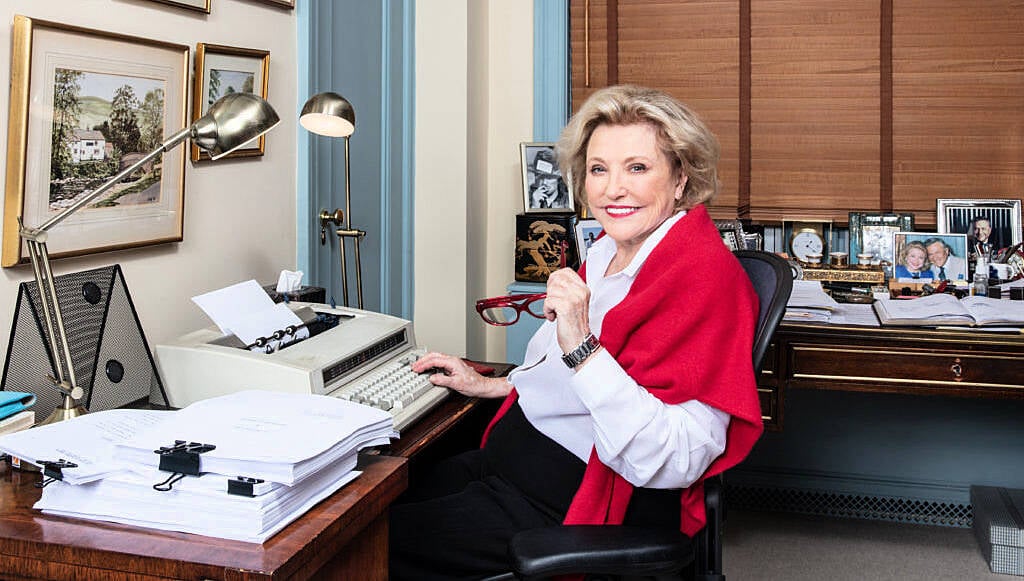All through the ’90s and early aughts, any female character in any given medium followed just one arc: the struggle to “have it all”. No variation of this hero’s journey existed until Lena Dunham invented complex female characters in 2012 (oh my god, it’s a joke, relax), and even now, the trope persists. For the most part, “it all” comprises a great job and a lovely partner, but it expands to include things like a solid found family of close friends, a massive but miraculously inexpensive apartment in a major city, perfect health, an athleisure model’s body and an expansive wardrobe, and later, when the push-pull of their romantic plotline has tied itself up, a kid or two, and perhaps a golden retriever.
Credit: Robin Cowcher Carrie Bradshaw, Bridget Jones, Rachel Green and Monica Geller, every role Meg Ryan and Sandra Bullock ever took, Peggy Olson, Liz Lemon, Mindy Lahiri, hell, even Eve Polastri — none of them ever quite managed it. At least not until the credits began to roll. Collective wisdom suggests that it’s impossible.
Something always has to give, and usually, these heroines end up choosing their job, and they leave their Austenian fantasies to gather dust on the shelf a little longer. This is empowering. This is canon.
This story isn’t just confined to formulaic television. It’s pervasive in the suspended reality of celebrity – the supposed tragedy of Jennifer Aniston and Taylor Swift’s sad, hollow, unenviable lives – and somehow, it .


















